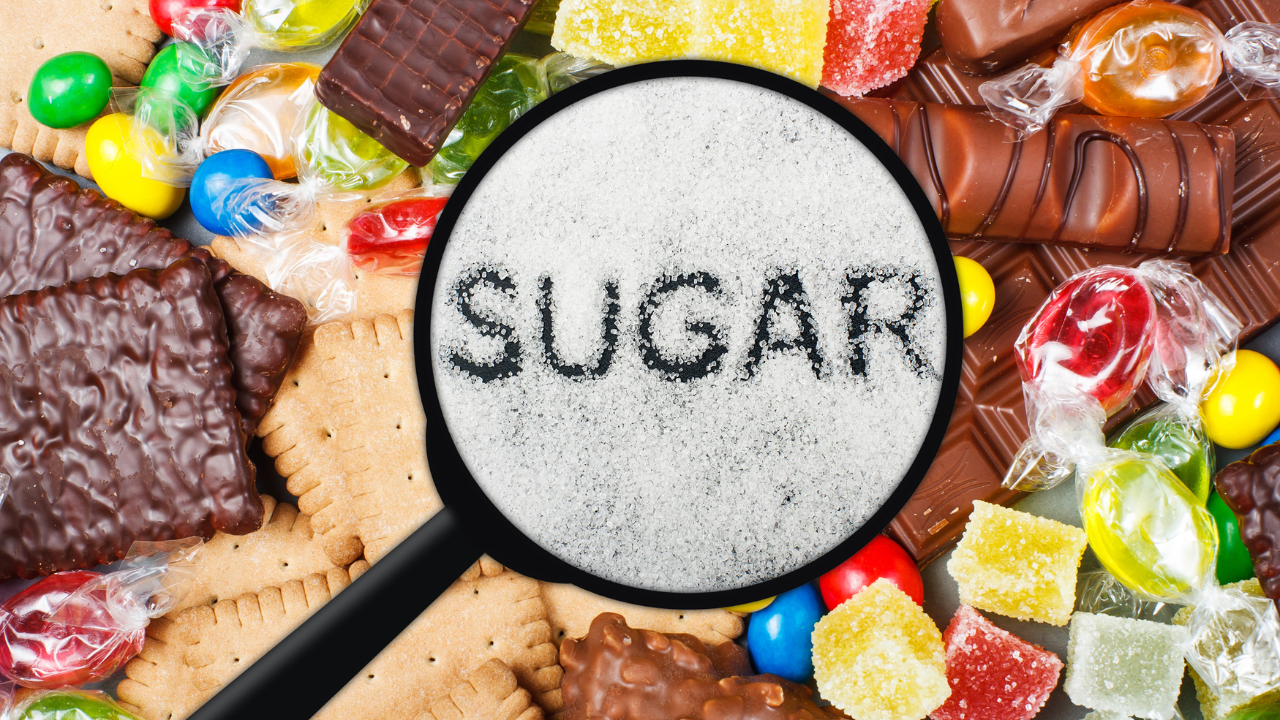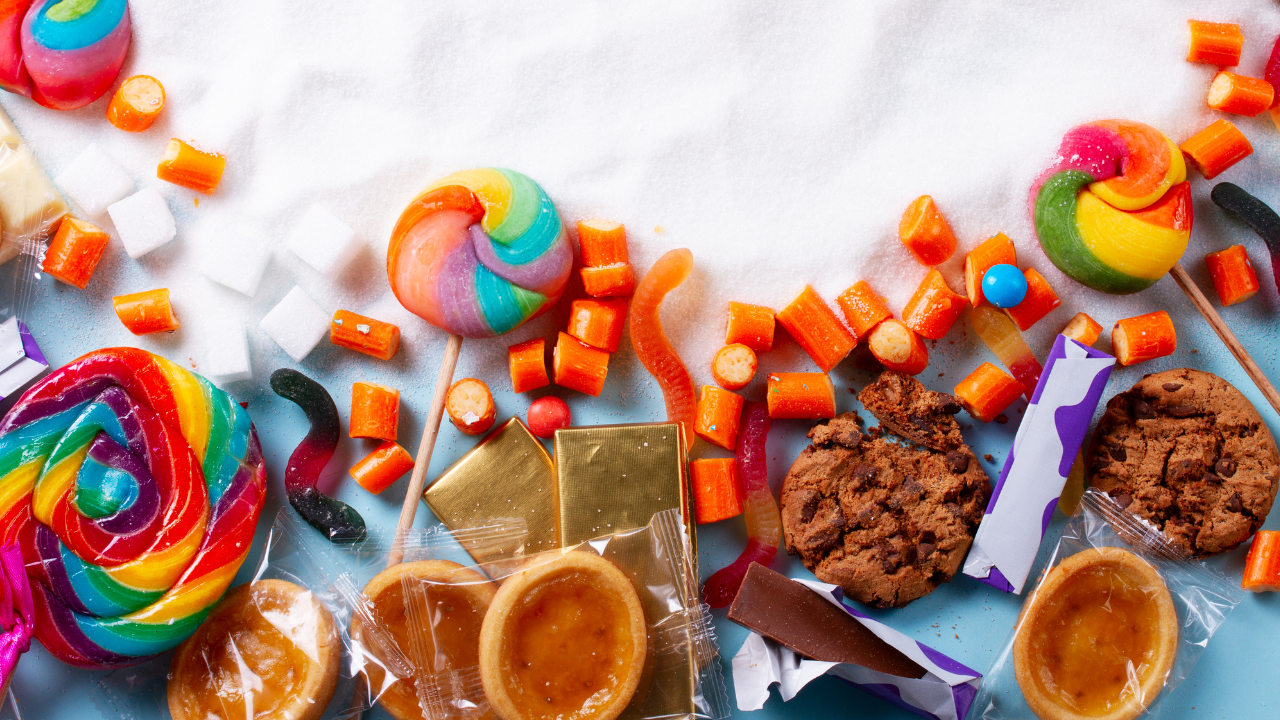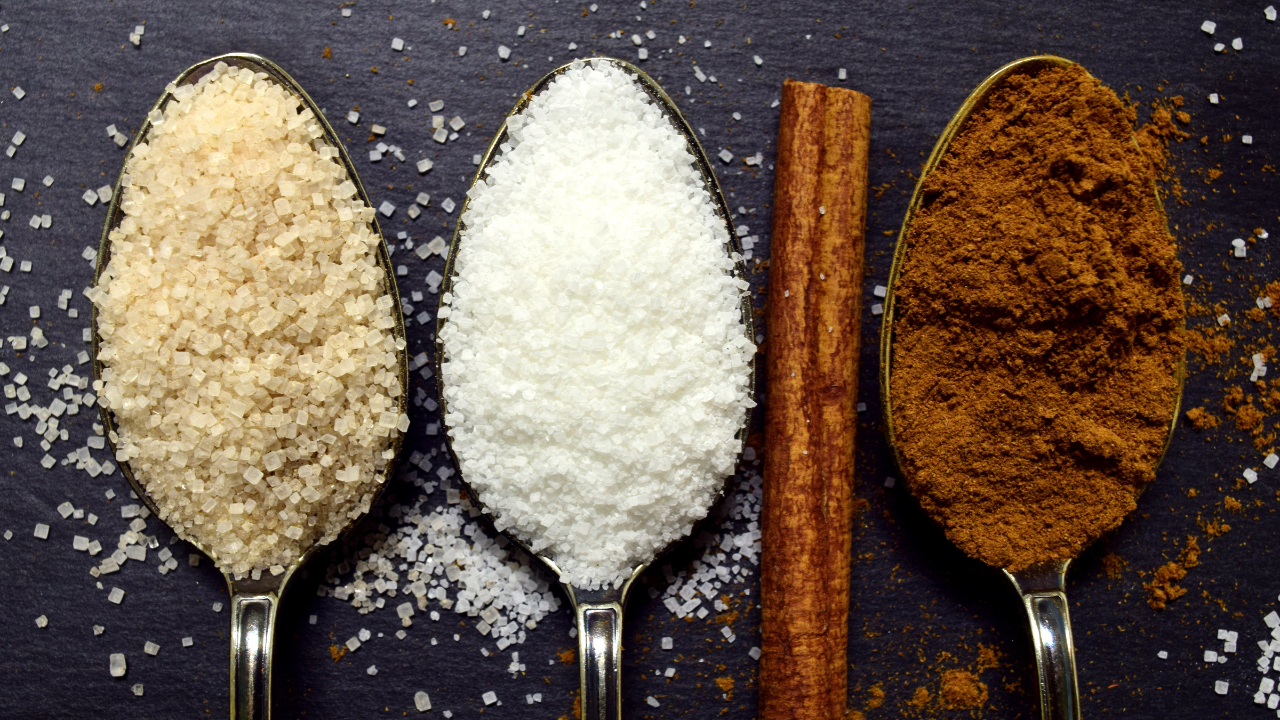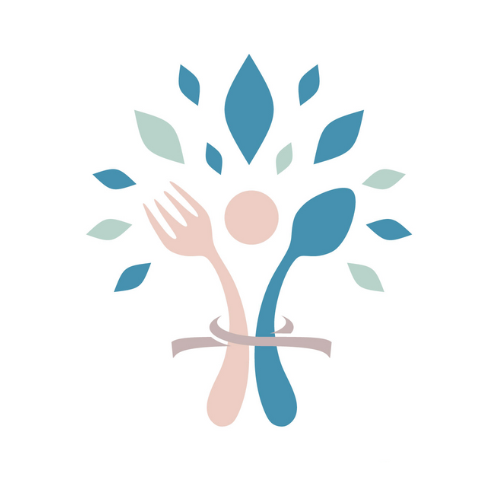
26 Sep How to Reverse Type 2 Diabetes: Could You Be Addicted to Sugar?
Sugar addiction is real. Many people joke about it, but cravings for sugar can have serious health consequences, including weight gain and an increased risk of type 2 diabetes. Understanding sugar addiction is an important step toward taking control of your blood sugar and learning how to reverse type 2 diabetes naturally.
What Is Sugar Addiction and How Does It Affect the Body?
Sugar can act like a drug. It triggers the release of dopamine in the brain—the “feel-good” hormone—creating a cycle of pleasure and cravings. Over time, the brain may become more sensitive to sugar, requiring increasing amounts to achieve the same reward. This can lead to compulsive eating and a struggle with self-control.
Although sugar addiction has a biochemical basis, it is often accompanied by feelings of guilt, shame, and secretive behaviour around food. Some people may hide or sneak foods, eating more than they originally intended.

What Are the Signs and Stages of Sugar Addiction?
Stage 1: Early Signs
- Buying more sugar than needed.
- Eating more than intended—for example, finishing a whole chocolate bar instead of one or two pieces.
Stage 2: Intermediate Signs
- Mood swings and irritability.
- Fatigue, brain fog, and difficulty concentrating.
- Bloating and lethargy after sugar consumption.
- Excuses or defensiveness around sugar intake, sometimes leading to isolation.
Stage 3: Advanced Signs
- Your life revolves around eating and dieting.
- Physical discomfort and health issues from overconsumption.
- Feelings of desperation or loss of control.
Could This Be Me? How to Identify Sugar Addiction
The CRAVED screening tool is a useful method for assessing potential addiction. Answer each question honestly and see how many apply to you:
- C – Compulsion: Do you feel an irresistible urge to eat sugary foods?
- R – Increased Tolerance: Do you need more sugar to get the same satisfaction?
- A – Growing Neglect: Do sugar cravings interfere with your daily activities?
- V – Loss of Control: Do you consume more than intended on multiple occasions?
- E – Withdrawal: Do you experience withdrawal symptoms when you cut down?
- D – Continued Use Despite Damage: Do you keep consuming sugar despite health issues like prediabetes, high blood sugar, or mental health challenges?
If you answered yes to three or more, there’s a high likelihood of sugar addiction.

How Does Sugar Addiction Impact Type 2 Diabetes Risk?
Consuming excessive sugar can lead to chronic spikes in blood sugar, increasing insulin demand and eventually causing insulin resistance. Insulin resistance is a major factor in the development of type 2 diabetes. By recognising and managing sugar addiction, you can stabilise your blood sugar levels and take steps toward reversing type 2 diabetes naturally.
What Strategies Can Help Overcome Sugar Addiction?
1. Identify Triggers
Recognise emotional, social, or environmental situations that lead to sugar cravings. Keep a journal to track patterns.
2. Substitute Healthier Options
Replace sugary snacks with nutrient-rich alternatives such as fruit, nuts, or protein-rich snacks.
3. Mindful Eating
Pay attention to hunger and satiety cues. Eat slowly and enjoy every bite to reduce overconsumption.
4. Seek Support
Consider speaking with a healthcare professional, psychologist, or joining online communities focused on sugar reduction and blood sugar management.
For further guidance, watch Dr Nerys’ 3-Part Health Breakthrough Video Series or download the free Blood Sugar Guide to start your journey toward reversing type 2 diabetes naturally.
Conclusion: Take Control of Your Sugar Intake
Sugar addiction can affect anyone and may increase the risk of developing type 2 diabetes. By recognising the signs, understanding triggers, and adopting practical strategies, you can regain control of your health, stabilise your blood sugar, and take meaningful steps toward reversing type 2 diabetes.
